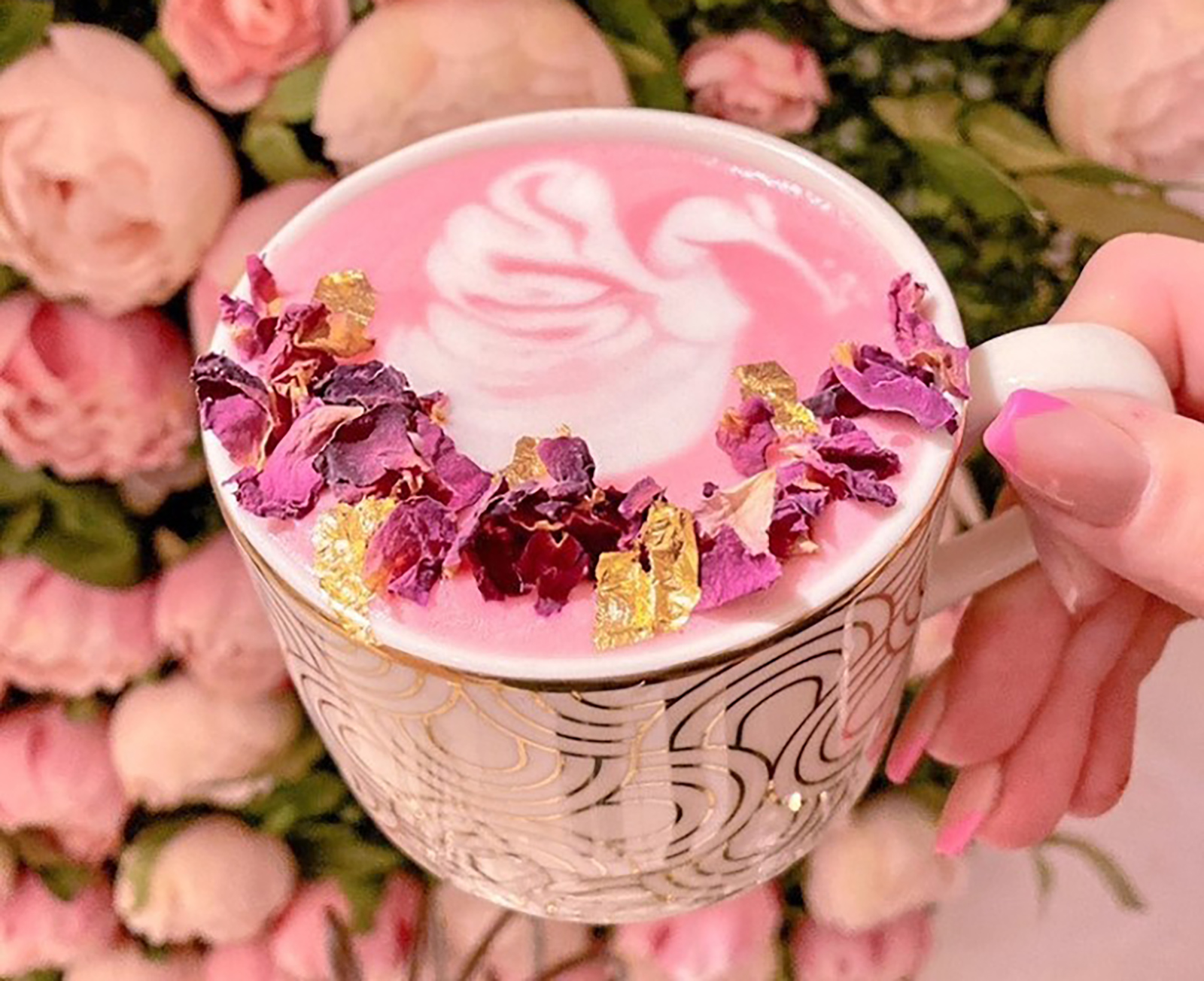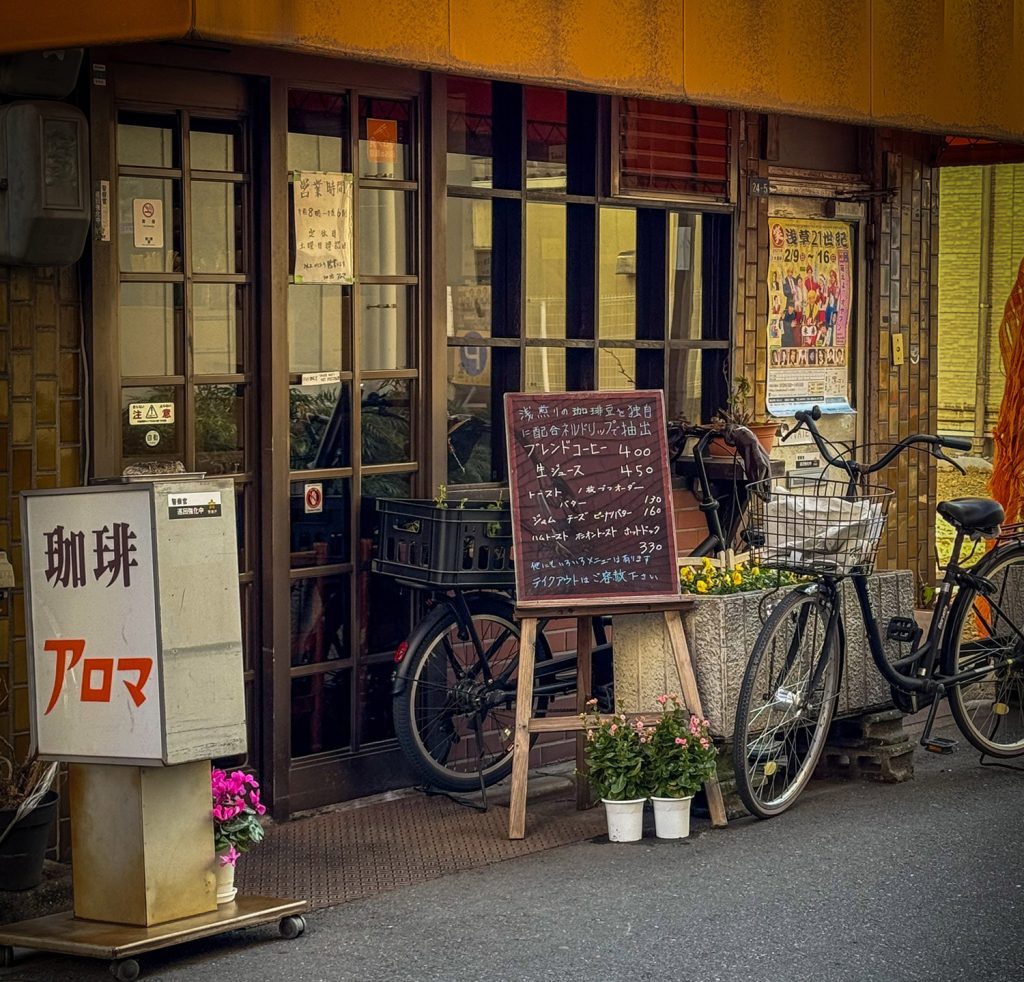Culinary presentation has come a long way from its humble beginnings. Traditional plating emphasized functionality and simplicity, geared towards practicality rather than visual appeal.
Ancient cultures focused on communal eating and functionality, with minimal concern for aesthetics. However, as societies evolved, so did the presentation of food.
The Renaissance emphasized symmetry and elaborate arrangements influenced by the artistic movements of the time.
During the 20th century, the Nouvelle Cuisine movement revolutionized the culinary world. Chefs began to focus on light, fresh ingredients, and delicate presentation, emphasizing the artistic aspect of plating.
This movement set the stage for today’s modernist cuisine, where creativity knows no bounds. Modern techniques, including molecular gastronomy, have pushed the boundaries of what is possible on a plate, transforming dishes into works of art.
Influence of Fashion on Contemporary Food Presentation
Today’s food presentation is heavily influenced by fashion and visual arts. The parallels between a fashion runway and a chef’s plating station are striking.
Chefs draw inspiration from the latest trends, incorporating bold colors, intricate patterns, and unexpected elements. Just as fashion designers experiment with textures and drapery, chefs play with food textures and layers to create visually stunning dishes.
Visual arts, particularly painting and sculpture, have similarly impacted culinary presentation. Chefs use techniques like brushstrokes and splattering sauces to mimic artistic methods, bringing a heightened sense of artistry to their plates.
This fusion of art and food has elevated the dining experience, transforming it into a multi-sensory journey.
The Rise of Social Media’s Impact on Plating Aesthetics
Social media has dramatically reshaped the landscape of food presentation. Platforms like Instagram and Pinterest have turned food into a visual spectacle, where the appearance of a dish is as crucial as its taste.
Chefs now design dishes with “instagrammability” in mind, ensuring vibrant colors, unique textures, and perfect plating to capture the attention of online audiences.
This visual-first approach has fostered a new wave of creativity in the kitchen, encouraging chefs to think outside the box and constantly innovate.
The rise of food influencers and bloggers has further amplified this trend, as aesthetically pleasing dishes gain more traction and visibility online.
This digital push has made culinary presentation a crucial aspect of modern gastronomy, with chefs continually seeking ways to stand out in a visually saturated world.
The evolution of culinary presentation, influenced by historical progression, fashion, visual arts, and social media, has turned food into an art form.
Architectural Elements in Modern Plating
Vertical Construction Techniques and Gravity-Defying Presentations
Gone are the days when food had to lie flat on a plate. Today’s chefs are pushing the boundaries of culinary presentation with vertical construction techniques that create striking, gravity-defying presentations.
These techniques add an element of drama and height, transforming meals into true masterpieces. Chefs use various tools and edible adhesives to stack ingredients in intricate layers.
The key is to ensure that the structure remains edible and holds its shape without collapsing before it is served.
Structural Integrity While Maintaining Edibility
While aesthetic appeal is crucial, maintaining structural integrity and edibility is equally important. Chefs must consider the composition and texture of each element to ensure the final construction is stable and enjoyable to eat.
Balancing these aspects requires a deep understanding of both the artistic and technical sides of cooking. Techniques like using natural thickeners, gels, and support structures—like crackers or edible sticks—help in achieving designs that are both visually appealing and practical.
Modern plating has truly become a form of art, with chefs meticulously crafting dishes that please both the eye and the palate. This intricate balance lays the foundation for exploring further dimensions in culinary presentation.
Strategic Use of Contrasting Colors and Complementary Hues
Modern plating is not just about making the food taste good; it’s about creating an experience for the diners.
Using color theory, chefs strategically incorporate contrasting and complementary hues to make dishes visually appealing.
Contrasting colors, like red and green or yellow and purple, create a vibrant and dynamic look that catches the eye.
Complementary hues bring a more harmonious and balanced visual appeal, making the presentation soothing and aesthetically pleasing.
Balancing Visual Appeal with Flavor Profiles
While striking visuals are essential, they should never overshadow the fundamental goal of great tasting food. Chefs must balance the visual elements with the flavor profiles of the dish.
Using vibrant and varied ingredients ensures that the colors on the plate are as delightful to the palate as they are to the eyes. This thoughtful integration of color and texture enhances both the aesthetic and sensory aspects of dining, setting the stage for the next innovation in culinary artistry.
Sustainable and Eco-Friendly Plating Materials
As sustainability becomes increasingly important in the culinary world, chefs are turning to eco-friendly materials for plating.
Biodegradable plates made from materials like bamboo, palm leaves, and sugarcane are common choices, offering an earth-conscious alternative without compromising presentation quality.
Sustainable flatware and serving accessories not only reduce environmental impact but also resonate with eco-aware diners, enhancing the overall dining experience by aligning with their values.
Chefs today are exploring innovative ways to balance contemporary aesthetics with environmental responsibility, thus pushing the boundaries of culinary presentation.
Interactive and Experiential Plating
Creating memorable dining experiences involves more than just flavor; modern chefs aim to engage diners in a multisensory journey. Dishes that undergo transformation at the table or respond to stimuli elevate the dining experience.
For instance, the use of liquid nitrogen can create whimsical clouds of smoke, adding a dramatic flair instantly as diners watch.

Movement and theatrics in plating turn a meal into a performance. Techniques like flame-torched finishes, edible perfumes spritzed tableside, or garnishes that “dance” through the use of specific air currents all serve to impress and entertain.
This theatrical approach not only excites the diner but also emphasizes the chef’s creativity and finesse.
These elements of surprise and artistry encourage diners to savor not just the taste but the entire process of the meal being served. We witnessed how far theatrics in our dining experience can go when we went to Denmark.
Projection Mapping and Augmented Reality in Food Presentation
The digital revolution has permeated every aspect of our lives, and culinary arts are no exception.
Projection mapping and augmented reality (AR) are at the forefront of this transformation, turning dining into an immersive visual experience.
Projection mapping allows chefs to overlay dynamic images and videos onto dishes, creating a stunning, interactive presentation.
Imagine a dessert plate that comes alive with animated butterflies or a steak dish that showcases a virtual farm-to-table journey.
AR takes this concept a step further by enabling diners to use their smartphones or AR glasses to see additional layers of the chef’s artistry, adding an element of surprise and delight.
Technology-enhanced Dining Experiences
Beyond visual enhancements, technology is revolutionizing the entire dining experience. Smart tables and plates that light up or change colors in response to the food’s temperature or ingredients are becoming increasingly popular.
Some high-end restaurants even use motion sensors to trigger effects like mist or confetti when a dish is served, making the presentation a part of the performance.
These technology-enhanced experiences are not just about wow factors; they also provide practical benefits.

For example, interactive menus on tablets or augmented reality interfaces can offer detailed information about the dish, including ingredient sourcing and potential allergens, enhancing transparency and guest satisfaction.
Just when you thought scanning a QR code for the menu was next-level dining.
Fashion-Inspired Plating Techniques
Incorporating Current Fashion Trends into Food Presentation
Fashion trends are ever-changing and often reflect broader cultural movements.
Chefs are starting to incorporate these trends into their culinary presentations, transforming dishes into runway-worthy statements.
Collaborations Between Chefs and Fashion Designers
The collaboration between chefs and fashion designers has opened up new avenues for creativity in food presentation.
By merging their talents, chefs gain access to a new perspective on aesthetics, while designers can extend their influence beyond clothing.
For instance, a chef might work with a fashion designer to create a dish that mirrors a seasonal collection, using colors, textures, and arrangements that draw direct inspiration from the runway.
These partnerships not only elevate the dining experience but also blur the lines between different forms of art.
Cultural Fusion in Modern Plating
Modern culinary presentation is a delightful blend of tradition and innovation. By marrying traditional plating techniques with contemporary styles, chefs create visually striking dishes that honor culinary heritage while pushing the boundaries of modern artistry.
For instance, classic Japanese kaiseki, known for its meticulous, seasonally inspired presentation, can be fused with modernist touches like molecular gastronomy elements to enhance both visual appeal and flavor intensity.
The fusion of cultural elements doesn’t merely involve aesthetics; it’s also about the innovative use of ingredients and techniques.
Traditional cooking methods may be incorporated with cutting-edge technologies like sous This harmonious blend broadens the sensory experience, making each dish a testament to culinary evolution.
Emerging Technologies and Techniques in Food Presentation
Chefs are now embracing emerging technologies to revolutionize food presentation. Tools such as 3D food printers and laser cutters allow for unprecedented precision and creativity, enabling the crafting of intricate and edible designs that captivate diners.
For example, virtual reality (VR) and augmented reality (AR) are also finding their way into the culinary world. These technologies can transform the dining environment, making it an immersive experience that extends beyond the plate.
Imagine a cocktail that changes color in response to UV light or a dessert that reveals a hidden design through projection mapping—these are examples of how technology can elevate the art of plating, creating unforgettable dining experiences.
Conclusion
This multi-sensory approach turns dining into a theatrical, aesthetic journey, transforming a meal into more than just taste — but a narrative of culture, elegance, and creativity.
In this sophisticated convergence of food and art, Tokyo offers a rare, unparalleled experience for discerning guests who appreciate the extraordinary details of luxury living.











